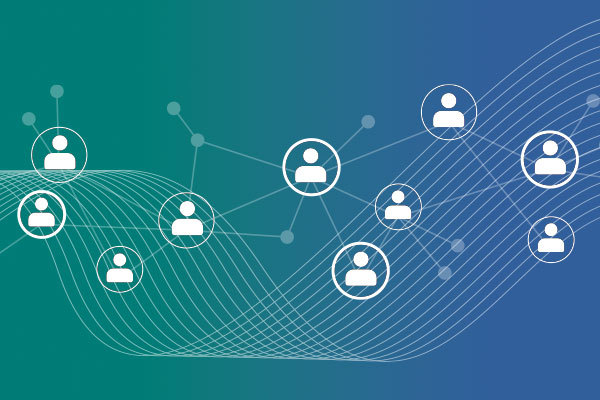COVID-19 Zoom Out: Longer-Term Supply Chain and eCommerce Strategies to Adopt Now
By Zilliant
May 15, 2020
In this blog series, we have explored how companies can endure the COVID-19 pandemic with innovative short-term tactics while also strategically planning for a post-pandemic business environment. Check out the first three entries here, here and here.
B2B manufacturers, distributors and services companies are in uncharted territory as the disruptive force of COVID-19 churns along. There will be lasting changes to how we conduct business even after the pandemic passes. While most companies are in survival mode, we encourage taking a moment from immediate concerns to also consider what lies ahead. We expect B2B organizations to be confronted with some or all of the following long-term challenges:
Unplanned Inventory Limited Supply / On Allocation Limited Demand / Margin Pressure Employee Turnover Supply Chain Changes Touchless CommerceThe leaders who will thrive on the other end of this are considering these outcomes and preparing their organizations now. In today’s blog we will examine the long-term impact on supply chains and an accelerated transition to touchless commerce.
Supply Chain Changes
This crisis will have a long-term technological and logistical impact on supply chains. It’s clear that volatility is the new normal for the time being, and as Modern Distribution Management puts it, “This will create chaos in both customer fulfillment and supplier replenishment unless managers adopt a completely different way of managing their supply chains.”
If, like most B2B companies, you’ve developed a lean supply chain that operates just-in-time, you are not equipped to deal with wide variances in demand. With millions of newly unemployed workers, the rate of consumption can be expected to dip dramatically for a time, followed by sharp upticks when the economy begins to recover. Businesses need to learn from the recent supply chain disruption and harden their sourcing strategies in preparation for whatever comes next.
We recommend taking a hard look at more near-shore or domestic options for sourcing and evaluating the commercial viability of added costs. Do you have a reliable mechanism and process for passing through costs to your customers? Can you measure and predict what effect price increases will have on your top and bottom lines? How will you have to change your value propositions and go-to market strategies to effectively compete? Smart organizations are already working with a trusted advisor to gain a holistic view of internal data and external market projections with a scientific eye. Are you?
“The pandemic has demonstrated a need to think about supply chains in new ways. Companies cannot simply look at past data to create models on which they can base long-term projections,” said Brian Reed, vice president of business development and supply chain optimization at GEODIS. “They are instead limited to short-term predictions and seeing what they can learn to guide them during future crises.”
Large B2B companies must be equipped with the technology to pull off this kind of read-and-react strategy to manage costs while pricing their products and services appropriately.
Touchless Commerce
Potentially the greatest lasting impact for B2B companies coming out of this pandemic will be an acceleration of the trend toward customer self-service. While most businesses today have a digital strategy, many manufacturers and distributors still rely on person-to-person interaction as their dominant sales strategy. The forced restrictions placed on businesses, especially customer-facing roles, may just force both sellers and buyers to rethink how transactions take place in the long run.
“We believe we are at a digital inflection point, where B2B sales operations going forward will look fundamentally different from what they were before the pandemic,” a recent McKinsey report projects.
McKinsey surveyed a wide range of B2B companies around the world and learned that they see digital selling as “two to three times more important to their customers than traditional sales interactions.” It’s clear that all the remote selling taking place during the crux of this crisis is leaving a lasting impression on both B2B sellers and buyers. Many have found that transacting business remotely can be more productive than the traditional method, as travel costs and the logistics of getting all stakeholders in the same board room disappear.
Considering all this, what if the extended period of forced virtual transactions alters the face of B2B by giving customers the idea to circumvent the traditional sales rep going forward? Can your business support touchless commerce? Will your relationships suffer, forcing you to reevaluate your value proposition? Can you manage complex deals and negotiate effectively through online channels?
Savvy B2B leaders are already setting their organizations up for a seamless transition to the likely new normal of touchless commerce by adopting methods like real-time market pricing and Intelligent Automated Negotiation.
Ready to get a jump-start on post-pandemic strategy? Contact us today.



